- Submitted on
- 4 comments
Clergy were few and far between in the first years of loyalist settlement in New Brunswick, however, records from travelling Anglican ministers based in Gagetown, Queens County provide an early record of baptisms, marriages and deaths prior to the establishment of most churches. Many New Brunswick loyalists and their descendants may be found in these records.
The pioneering Queens County, New Brunswick author and local historian, Marianne Grey Otty transcribed these records, and these records in turn were made into a digital database by Microforms and UNB Libraries staff entitled The Marianne Grey Otty Database, open for public access and featuring approximately 4,000 entries. The original materials are held by the and a microfilm copy of Otty’s transcription is held in The Loyalist Collection.
Marianne Grey Otty (1890-1963), known as Molly, earned an honours undergraduate degree from the University of New Brunswick on scholarship in 1911 and, the next year, a Master of Arts from the University of Chicago with her thesis Stephen Hawes: His Poetry and Criticism. Otty became a school principal and also worked as a journalist. She had a keen interest in local history and wrote Fifty Years of Women’s Institutes in New Brunswick, becoming a prominent and engaged Queens County resident during her lifetime.
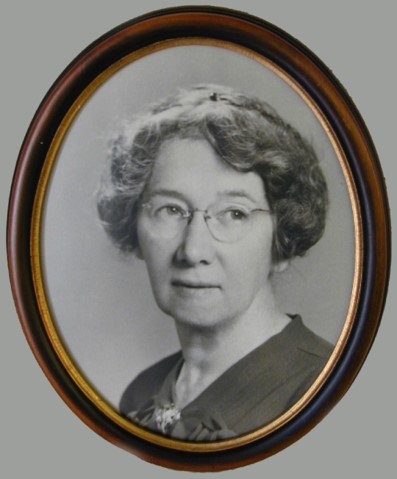
(Image courtesy of Queen County Heritage, Gagetown, New Brunswick)
The original nine record books were kept by a series of travelling ministers, the first of which was the Reverend Richard Clarke, followed by his son, Samuel Clarke. Richard Clarke was a minister for the Society for the Propagation of the Gospel, the missionary group of the Church of England concentrating on the American colonies, who paid a salary of £50 per year. He had ten children with his wife, Rebecca Sturges and had been the Anglican rector of New Milford, Connecticut from 1767 to 1786 when he was sent to Gagetown, New Brunswick. Clarke’s early experience in the province was described in An Historical Sketch of The First Fifty Years of the Church of England in New Brunswick by G. Herbert Lee, “When he reached his post he found, as might be expected, a people very poor and standing in need of every assistance. In June, 1787, Mr. Clarke went back to the States and returned with his family, consisting of a wife and eleven children. His people were at first unable to procure a house for their Rector, so he was obliged to hire one ‘at an extravagant rate.’”
The records covered the years 1786 to 1841, centring geographically on Gagetown, Queens County with a particular focus on the New Brunswick communities of Fredericton, Saint Marys, Lincoln, Grand Lake, Waterborough, Long Island, Wickham, Hampstead, Maugerville, Petersville, Sheffield, Kingston, Springfield, Greenwich, and Saint John. The first marriage performed in Clarke’s New Brunswick registers was that of Alexander Fairchild to Ann Seeley, performed in Saint John on September 24, 1786. They were both Connecticut loyalists; Alexander was a veteran of the Prince of Wales’ American Regiment and Ann was the daughter of farmers Seth Seeley and Sarah Scofield.
Reverend Clarke rotated Sunday services between the parishes of Gagetown, Waterborough, Grand Lake, Hampstead, and Wickham, often preaching at the central location of Long Island. The communities he serviced were mainly located in what is now Queens, Kings, Sunbury, and York Counties of New Brunswick, but entries as far flung as Nova Scotia, Ontario, Maine, Connecticut, New Hampshire, Massachusetts, and New York were included.
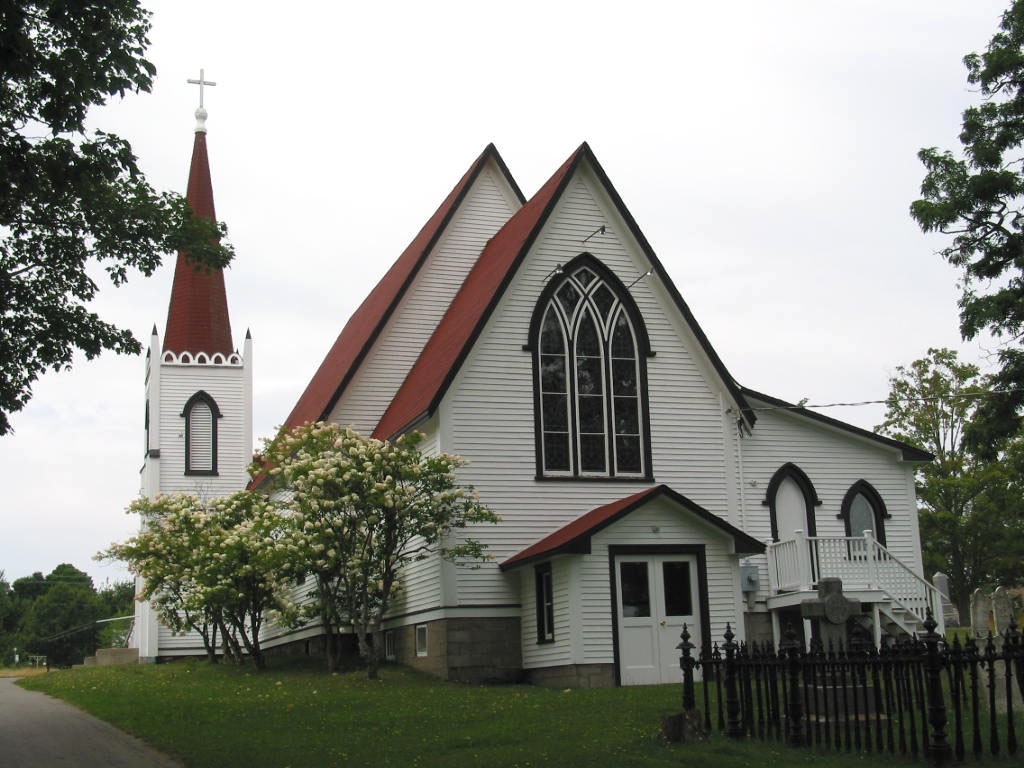
(Image courtesy Frank Morehouse)
The Marianne Grey Otty Database is a useful tool for genealogists, historians, and students alike, offering an opportunity to explore family connections, as well as providing a glimpse into eighteenth and nineteenth century New Brunswick. Demographics in particular may be gleaned from the database. For example, in 1809, four burials were recorded and they were all children, perhaps indicating an outbreak of disease. Cause of death can often be found in notations, such as in 1810, out of eight burials, three were accidental: two were drownings and one a shooting.
Of the eight burials in 1811, three had died in a fire at the Rectory. All the victims were members of Reverend Clarke’s family: his oldest daughter, Sarah Coldwell Clarke; grandson, Marshall Clarke Andrews, and niece, Mary Hubbard. The rest of the family escaped through the windows in the early morning of March 13th. After the fire, Richard Clarke stepped down, having served for twenty-five years as the Gagetown minister, and his son, Samuel, took over the post. Richard Clarke moved to St. Stephen, New Brunswick where he died in 1824. The inscription on his tombstone reads: “Sacred to the memory of the Rev'd Richard Clarke, the first rector of this parish & the oldest Missionary in the Colonies having accomplished in the 58th year of his ministry being much respected & living in the utmost harmony with the people of the several parishes to which he was appointed. . . .New Milford, Connecticut, 19 years. Gagetown, N.B. 25 years. St. Stephens, 13 years.”
A great resource for family history, growth and movement of Queens County families may be tracked over time through the database. An example of how a family history might be traced can be found in the Holder family who came from Pennsylvania and first received lots in Parrtown (Saint John). One brother, Jacob, settled in Kingston, Kings County and the other brother, John, in Washademoak, Queens County on lot near Cambridge Narrows. In 1796, John and Elisabeth Holder had three children baptized at Wickham and then in 1814 (with an eighteen-year gap), six more children were baptized. This was a very common practice found in the early New Brunswick Anglican records. If the minister could only come around every few years, all ceremonies were done at that time together. Indeed, Reverend Clarke noted that he found it difficult to get parents to bring their children to him for baptism. In 1816, John and Sarah Holder baptized their son at Wickham; John was likely the first child of John and Elizabeth and this was their first grandchild. Hannah, the first daughter of John and Elizabeth, was also married at Wickham in 1816.
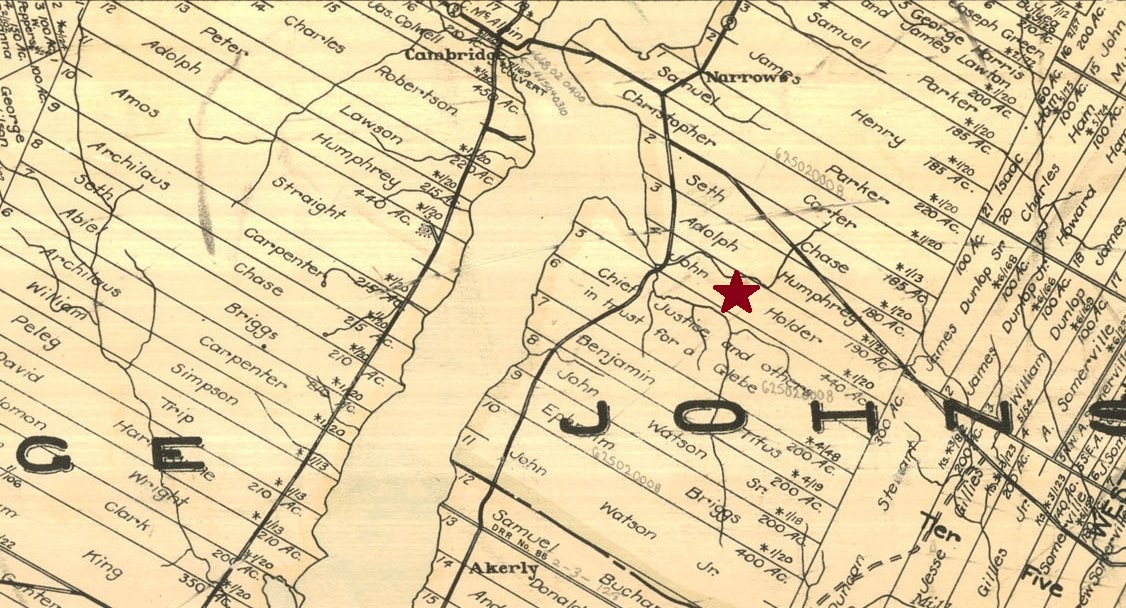
(Image courtesy of the Provincial Archives of New Brunswick)
With the work of an energetic local historian, the registers kept by a pair of father and son ministers have preserved a basic record of the families and lives of loyalist settlers in New Brunswick.
Some tips and tricks in using The Marianne Grey Otty Database follow:
You can find a page of instructions for the database here.
To search a full name, enter the first name in the First Name search box (example John) and enter the last in the Last Name search box (example Smith). You may also choose to search last names by using on the first initial only of the last name by entering a letter in the Last Name search box (example S). This will aid in identifying variations in last name spellings.
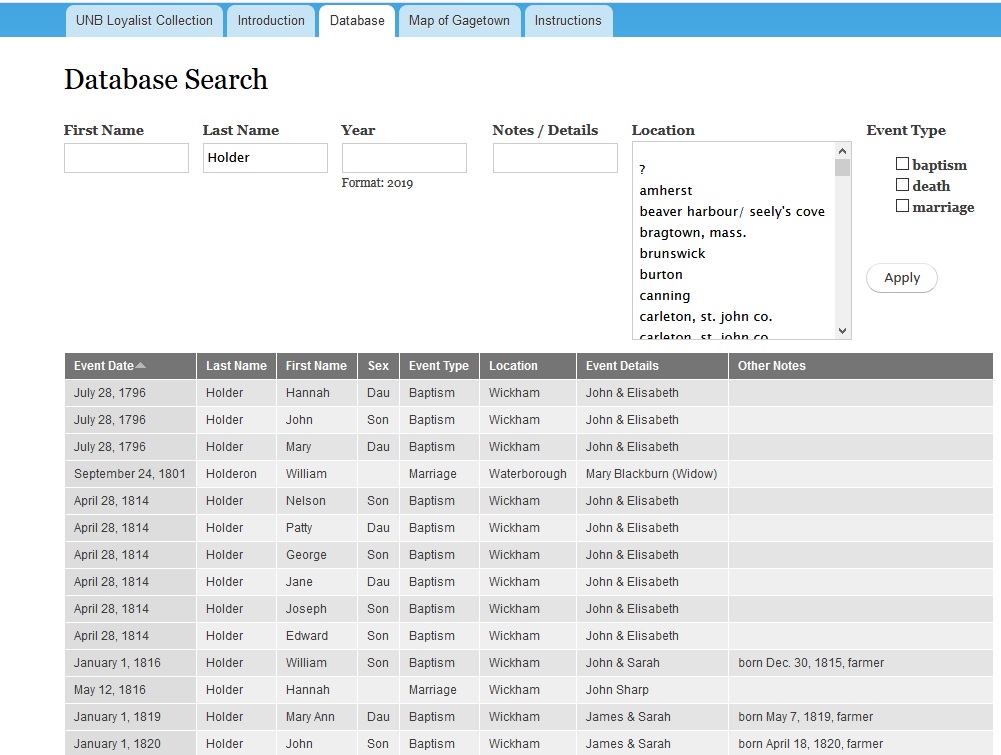
Please be aware that variations in last name and first name spellings may occur. For example, Catharine or Catherin might be used instead of the modern spelling of Catherine. Names were entered in the database using the spelling of the original recorder. See our series of posts “Who is That?!” for help with given and surnames during this period.
You may limit your Event Type browsing by clicking the boxes next to “baptism,” “death,” or “marriage” on the right hand side of screen. If you leave the boxes unchecked, you will receive results for all three event types. You may also limit results geographically by selecting a community from the Location search box. As well, various spellings were used in the original source for communities. For example, Maugerville is also written Magerville and Maugherville; Hamstead as Hampstead, Hamsted, and Hemstead; and Hampton as Hamton. The original name variations are used in this database, which will necessitate browsing all options.
In the Event Details column, the event notes for baptism usually include the names of the parents, while in the case of a wedding the event notes include the name of the marriage partner.
Other Notes usually include the father’s occupation and birthdate for baptism and record the witnesses in the case of a wedding. This column often includes information surrounding a death/burial or race of participants.
The Notes/Details search box will search both the Event Details and Other Notes columns. The Notes/ Details search box is useful if a topic rather than an individual is being researched. For a search of African Canadians, try the word “black” as it was often made as a notation in the ministers’ journals. Another example of an anecdotal search would be using the term “drowned” if you were researching mechanisms of death. There are some cases where a name will only appear in the Event Details column. To make sure you do a thorough search for an individual, you should do a separate search in the Notes/Details search box of their first or last name.
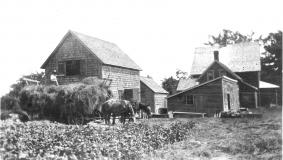
(Image courtesy of Queens County Heritage)
For more on church records found in The Loyalist Collection, see our Religion Subject Guide.
Thanks to Bruce Thomson of Queens County Heritage for assistance with biographical information Marianne Grey Otty.
Leah Grandy holds a PhD in History and works as a Microforms Assistant at the Harriet Irving Library.

Comments Add comment
Herbert Lee
Herbert Lee
Thank you for this correction and interesting information! There must be a transcription error in "Project Canterbury." A copy of his book on the Anglican Church in New Brunswick can also be found on Archive.org.
Cutline on Photo of St. John's, Gagetown
St. John's
Thank you for this clarification!
Add new comment Comments